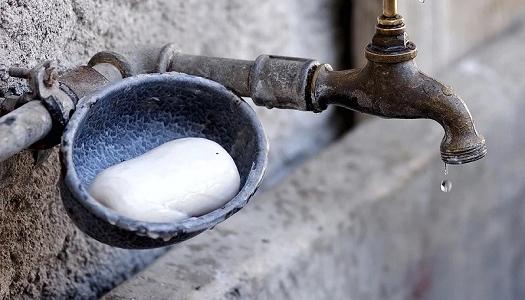World Water Day 2020

World Water Day is March 22, 2020
We know very little about how the novel coronavirus that has caused the COVID-19 pandemic might survive and move within our drinking and waste water systems. But such mechanisms could be a critical piece of the puzzle surrounding the transmission of the disease, at least in some regions. Good science and engineering have helped us build integrated systems that link drinking, waste and storm water management. In ideal circumstances, these systems effectively remove disease-causing contaminants from drinking water sources.
But water supply systems around the world face two persistent and interconnected problems that have major health implications. Growing urban populations are combining with climate change to put ever greater demands on waste water services; and we’re fighting a continuing battle to stay ahead of the constantly evolving pathogens that can make us sick.
Waste water treatment plants may be built too small for growing populations or not maintained because of high costs. Also, climate change is causing more intense, frequent rainstorms. Particularly in asphalt- and concrete-covered cities, storm water can easily infiltrate and overload a sanitary system, causing the release of untreated waste water into surrounding waters.
The second big challenge is that the bugs in our environment that make us ill are constantly evolving. These pathogens include not only relatively large bacterial cells but also viruses, tiny pieces of genetic code that take over human cells to replicate themselves. Some of these pathogens pass through us and end up in our toilets.
Given what little is known about how the new coronavirus might be transmitted in integrated water and waste water systems or surfaces, additional research is desperately needed. In the meantime, lower the toilet lid when you flush, wash your hands with soap, don’t touch your face, and thank your municipal water and waste water professionals for everything they do to keep us safe and healthy.
To learn more about these challenges, please see Sarah’s Opinion article in the Globe and Mail.
For some more research that has come out since this blog was published, please see the following articles:
- How sewage could reveal true scale of coronavirus outbreak
- One Way to Potentially Track Covid-19? Sewage Surveillance